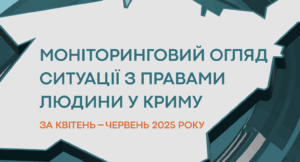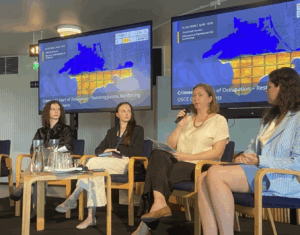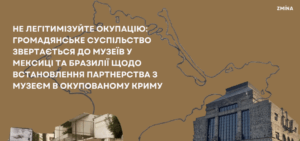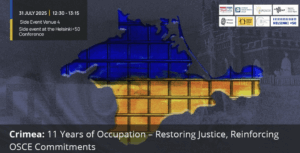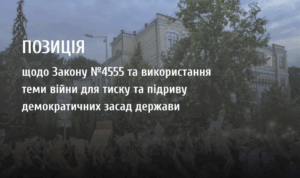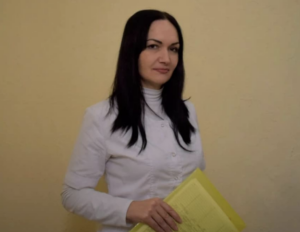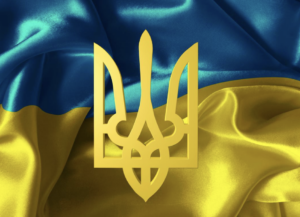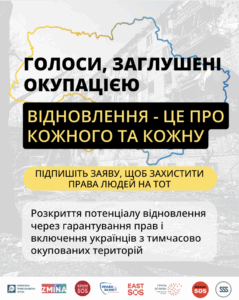Crimean Human Rights Group and LOOQME Media Monitoring Platform analyzed Crimea hits in the mass media of European and Middle East Countries for May 2023 – May 2024.
The sample of European countries includes Germany, Romania, Poland, Italy, the Netherlands, Hungary, Switzerland, France, Sweden. The sample of Middle East countries includes Kuwait, Lebanon, United Arab Emirates, Qatar, Saudi Arabia.
The survey’s purpose was to identify narratives common in the Crimea-related publications, persons who were most frequently quoted in the news about Crimea, and to trace the change of focus on specific topics over time. In addition, it was important to find out how the media indicate the peninsula territorial affiliation, and the role of Crimea in the publications it is mentioned, where it is a key topic, and where it is a secondary one.
The analysis results show that the European media paid a lot of attention to Crimea (229.4 thou publications for the period of survey), but most of these publications were news reports on hostilities. An impact of pro-Russian narratives is present even in the countries where Ukraine enjoys a strong political support.
The highest number of publications in the analyzed European countries was recorded in Germany, Romania and Poland, the least – in Sweden. The peak hit periods were July 17 and 19 due to the attack on the Crimean Bridge, Russia’s threats and the breakdown of the grain agreement. Crimea is mainly referred to occasionally in the European media. Key narratives: attacks of the Armed Forces of Ukraine on military targets in Crimea, attempts to return it, Russia’s militarization of the peninsula. The European media mainly adhere to the pro-Ukrainian position regarding Crimea: mostly in Sweden, Poland, and Romania (though a percentage of pro-Russian media files is also high in Romania). The pro-Russian position prevails in Italy and the Netherlands. The Crimean Tatars hits are rare in the European sources (up to 3% of the total dataset). The most frequently quoted persons in the context of Crimea related publications are Putin (12.3%), Zelenskyi (10%), Biden (2.6%).
The Arab countries media are less active in covering both the Crimea subject and Ukraine in general. The hit leaders are Saudi Arabia and Qatar. The peak hit period was August 2023. Key narratives: attacks of the Armed Forces of Ukraine on military targets in Crimea, attempts to return it, Russia’s militarization of the peninsula. The news are dominated by the pro-Russian position on Crimea affiliation (more than a third of the texts, mostly in the mass media of Kuwait and Lebanon). The mass media often mention Ukrainian drone attacks or missile strikes targeting “Crimea” or the “Crimean Peninsula”, without specifying that this is a sovereign territory of Ukraine occupied by Russia. The sources mention the bridge connecting Crimea with Russia as part of Russian territory; report on Russia’s downing of Ukrainian drones and missiles “over Crimea” or “in the direction of Crimea”. Such uncertainty creates the impression that Crimea is a part of Russia.
However, as to the percentage, the Crimean Tatars hits in the Arab countries are more often than in the European media (5.4%). The narrative positioning the Crimean Tatars as indigenous people of Crimea singles out from the common media space news. Compared to other narratives, its share is almost 3%. The texts almost lack information about repressions against the Tatars in Crimea and their support by the Arab countries. The most frequently quoted persons are Zelenskyi (7%), Putin (6.7%), Biden (2.7%).
Unfortunately, such important topics as the 10th anniversary of Crimea occupation or Memory Day of Crimean Tatar People Genocide Victims were almost uncovered by the media for the analyzed period. This highlights a need not only to increase the number of publications about Crimea, but also to ensure communication of key messages essential for the future de-occupation of Crimea in the foreign mass media.
More information about the methodology and the full survey results report are available at


